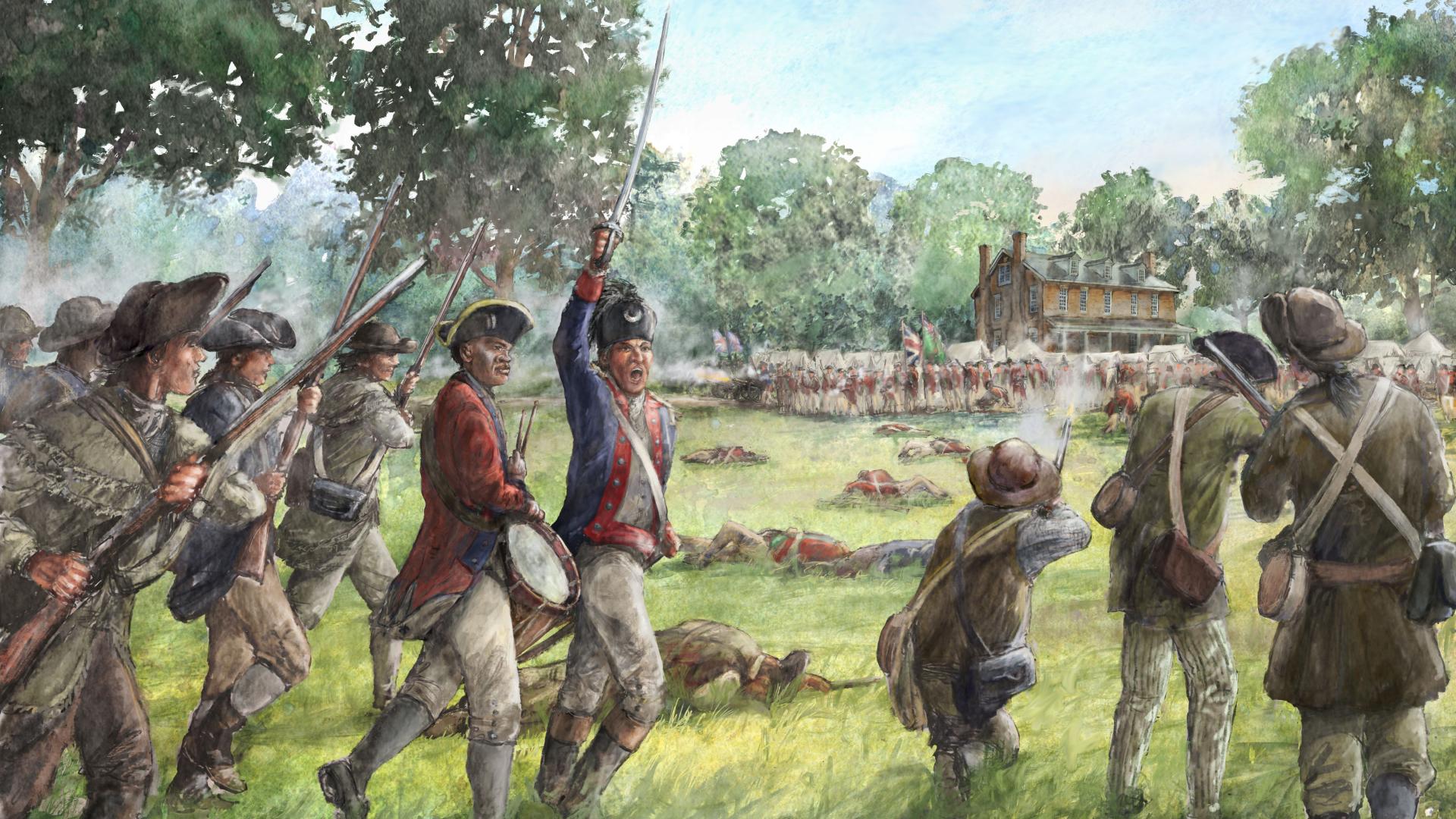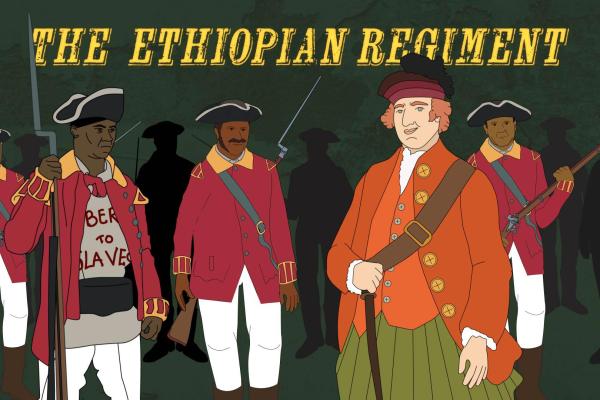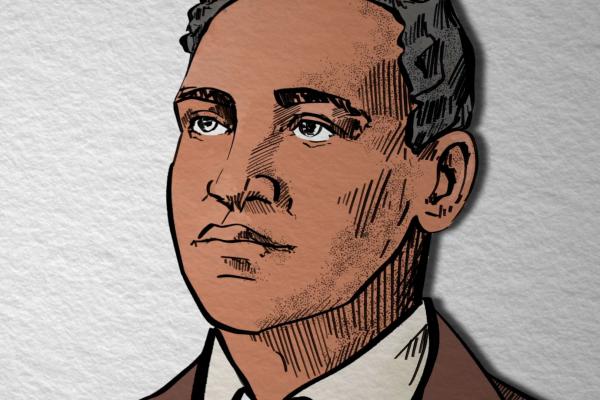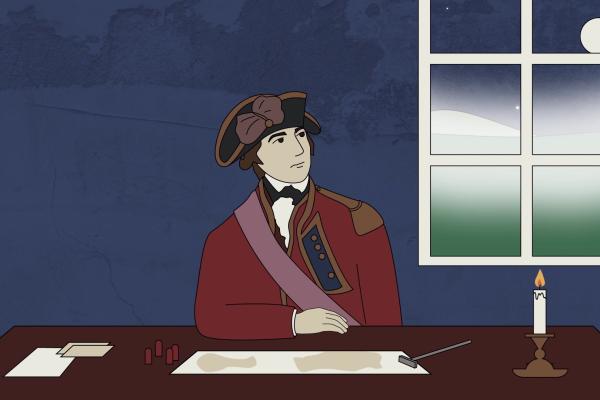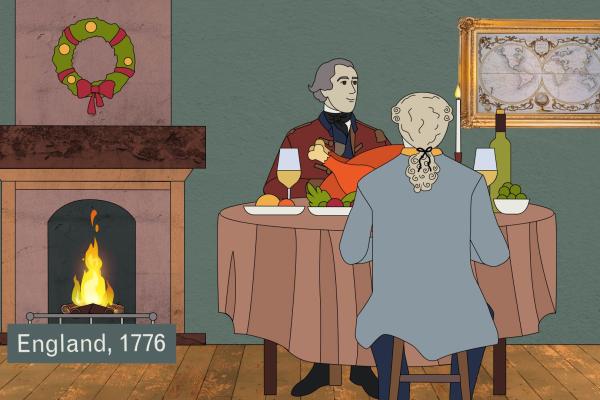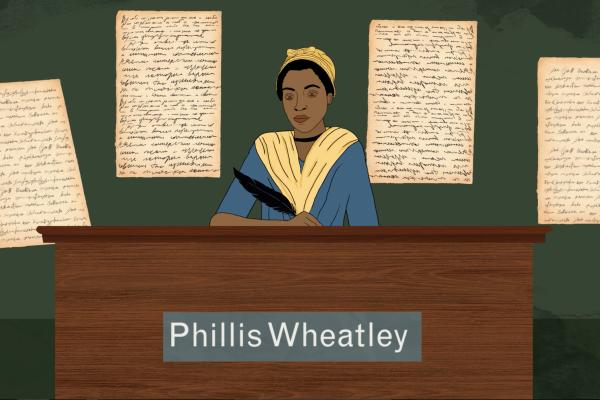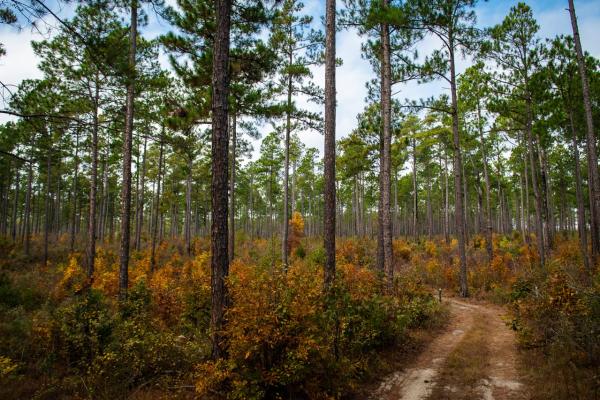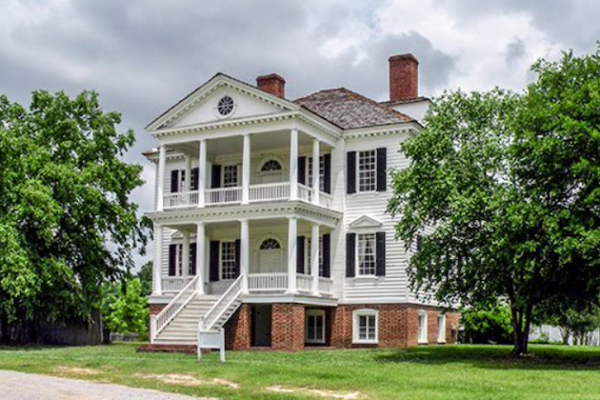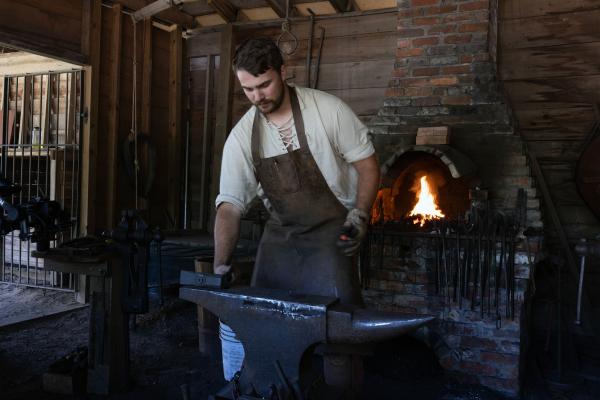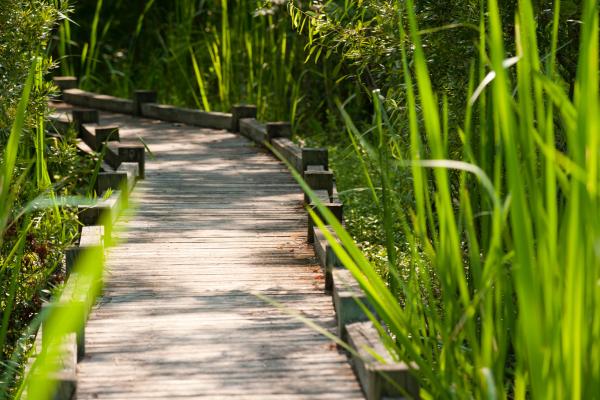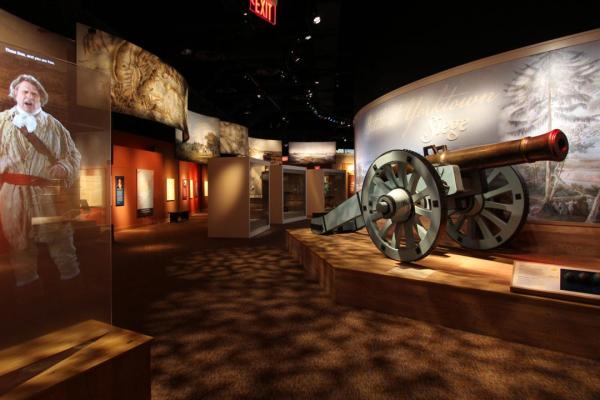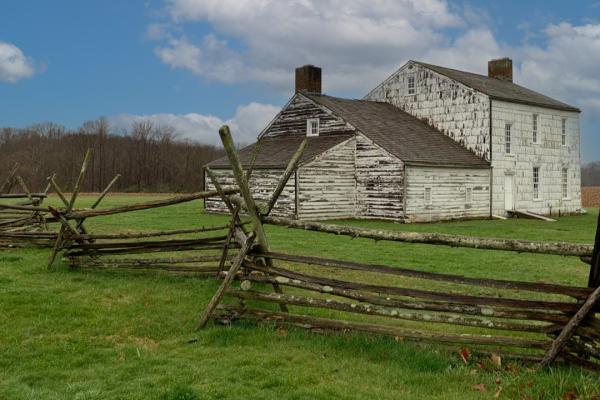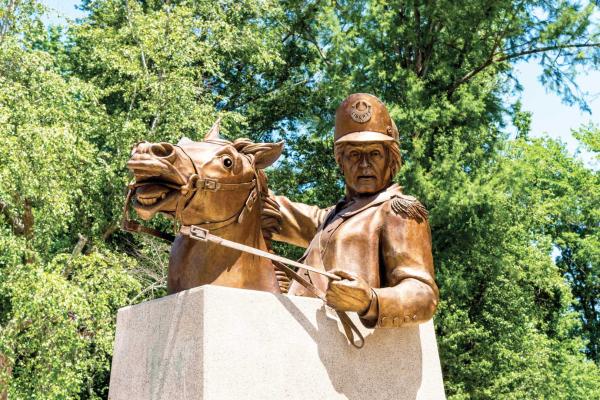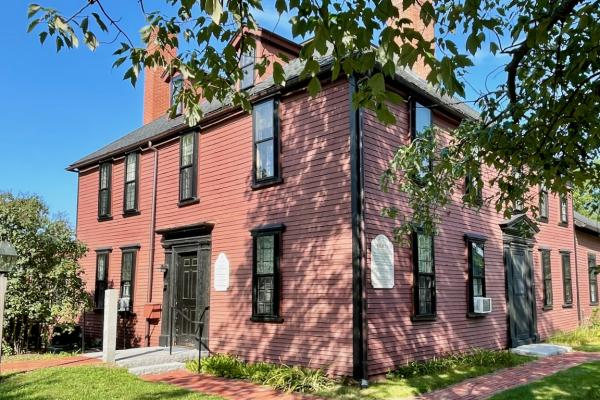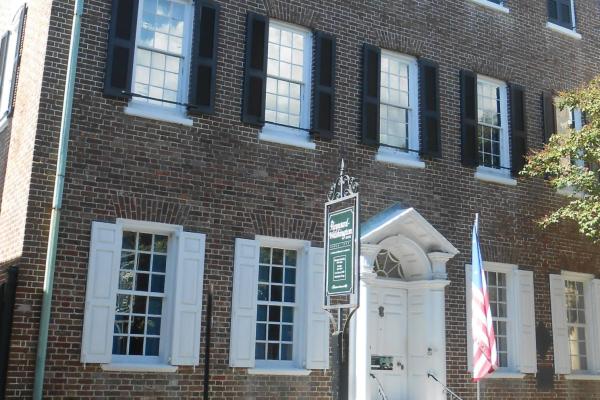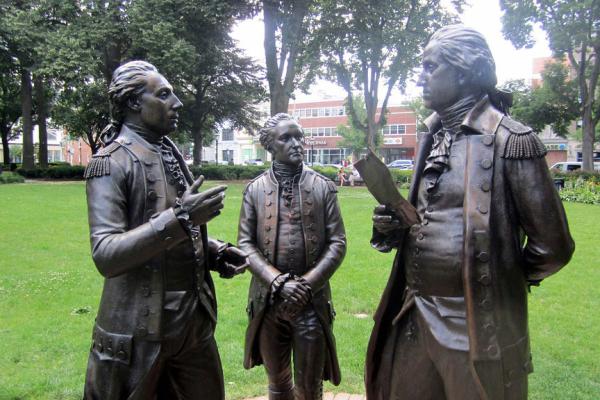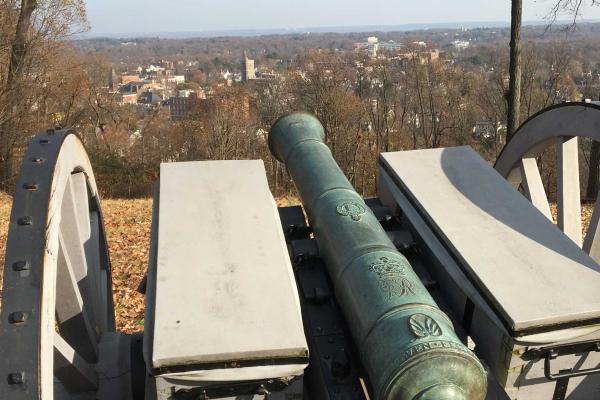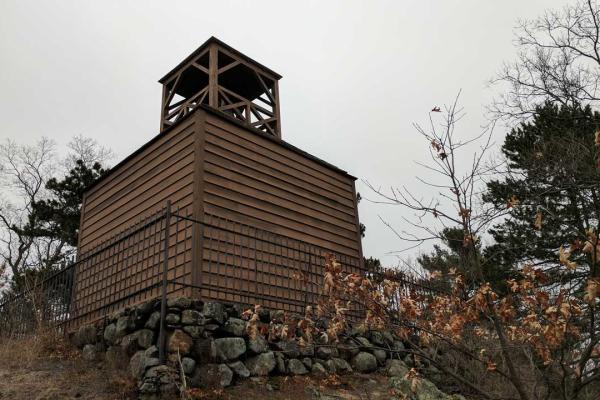Video/Audio |
Reposted from battlefields.org Share to Google Classroom Added by 2 Educators In 1775, Virginian slave owners didn’t just have the war to worry about. The Royal Governor of the colony was encouraging...
Video/Audio |
Reposted from battlefields.org Share to Google Classroom Added by 1 Educator In the Revolutionary War, equipping an army required huge amounts of iron, for everything from bayonets and cannonballs to...
Video/Audio |
Reposted from battlefields.org The first person to die in the American Revolution, Crispus Attucks became a symbol of resistance against British rule. Why did he put himself into the line of fire?...
Video/Audio |
Reposted from battlefields.org Away from specific battles, Sir William Howe vs George Washington proved to be one of the defining clashes of the Revolutionary War. Howe was a British commander...
Video/Audio |
Reposted from battlefields.org When General John Burgoyne took command of the British Army in Canada in 1777, he was confident of success. He had the command experience and the plan to end the war. So...
Video/Audio |
Reposted from battlefields.org Phillis Wheatley, a young enslaved woman, became one of the most celebrated poets in the American colonies. Her writings on faith, slavery and freedom were published...
Uncovering History
We invite you to visit the preserved locations along the Liberty Trail and to immerse
yourself in the extraordinary events that determined the fate of a nation.
Exploring History
We invite you to visit the preserved locations along the Liberty Trail and to immerse yourself
in the extraordinary events that determined the fate of a nation.
